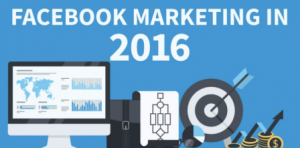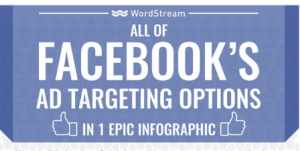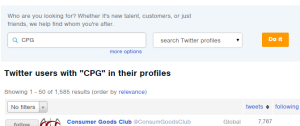— December 4, 2018

rawpixel / Pixabay
Over the last year, words like “inclusivity” and “diversity” have come up more and more in the business world, but what do those words really mean for small and medium-sized companies? Are they simply part of a set of core values sitting on a web page, or are they true ideals that motivate an organization to be more open and accepting? There are many nuances to building an inclusive and diverse workforce, as well as a number of benefits.
The Benefits of a Diverse Company
In business, diversification is simply a smart move. One company purchases another in a different industry or invests in different types of funds because it balances out a portfolio. The same mentality should apply to your workforce. Different people bring different viewpoints, novel ideas, and new ways of thinking into an organization. Creativity is increased, the status quo is challenged, and innovation can thrive. New perspectives bring new ideas to the table, which is why companies ranking high on diversity saw a 53% higher return on equity than those with less diversity.
Inclusiveness fosters diversity and creates a welcoming culture for all walks of life. Not only does this make for more vibrant and interesting surroundings, but it improves current employee engagement and retention. It also propels your organization’s reputation, which will elevate your brand and boost recruiting efforts by attracting fresh talent. Further, inclusive operations can provide a better understanding of clients and customers, a key benefit in today’s competitive landscape.
Gender Equality
Promoting equality across genders is often a starting point for increasing an organization’s diversity. Paying women in the workplace less than men for the same work does not send the right message of inclusivity, and raises a red flag for job seekers as well as customers. Paying fairly is a big step, but only comes into play during the offer stage of an interview. Early on in the recruiting process, take out the possibility of an unconscious bias by removing gender-identifying features from resumes. This can help level the playing field in traditionally male-dominated positions and improve the ratio of women to men who are interviewed. After all, studies show that organizations with better gender diversity outperformed the net income growth of their less-diverse counterparts by 26%.
Disabilities in the Workplace
While maintaining compliance with employment laws related to disabilities is essential, more must be done to ensure inclusivity. Less than 20% of disabled individuals are employed, yet they can make a strong positive impact on your workplace with the right support. Follow the lead of Walgreens, a leader of inclusivity, and provide the necessary tools for success. These can include programs or technologies that assist with vision impairment, hearing impairment, mobility limitations, and other disabilities. Most of these tools, such as specialized keyboards for those with functionality in only one hand, cost less than $ 500.
Additionally, improving inclusivity in this area requires educating your workforce in understanding why certain tools are being implemented, how they operate, and their benefits to all employees. Doing so prevents whispers around the water cooler or speculation that fosters divisiveness, and instead promotes an open dialogue of understanding. Unfortunately, smaller HR departments find this to be another item on an already full plate. Larger companies will often hire an Accessibility Specialist or Head of Disability Inclusion, and while that may not be feasible for an SMB, it underscores the importance of someone owning these efforts.
Cultural Diversity
Women and disabilities in the workplace are often at the forefront of corporate diversity efforts, but promoting diversity across cultural backgrounds improves a business as well. Imagine all the fun holidays from other cultures that can be celebrated at work, complete with special foods from their culture. This creates a richer and more interesting environment.
On top of that, organizations with cultural diversity in their employees are 33% more likely to outperform their peers in profitability. That’s because when a business only hires individuals with the same background, it boxes them in and shrinks innovation instead of expanding it. For example, with Mandarin quickly becoming the language of the business world, wouldn’t it be great to have a Mandarin speaker on your payroll? It’s thinking like this that makes a company more multi-cultural and welcoming.
Building an Inclusive and Diverse Workforce
There are a vast number of underrepresented groups in business today. In addition to driving gender, disability, and cultural equality, consider the positive impact veterans, members of the LGBT community, and others can make. Inclusive workplaces, where all individuals are treated equally and feel comfortable, must become the new normal. Not only is it good for business, but it places a company on the forefront of positive change and the right side of history.
Business & Finance Articles on Business 2 Community
(55)









